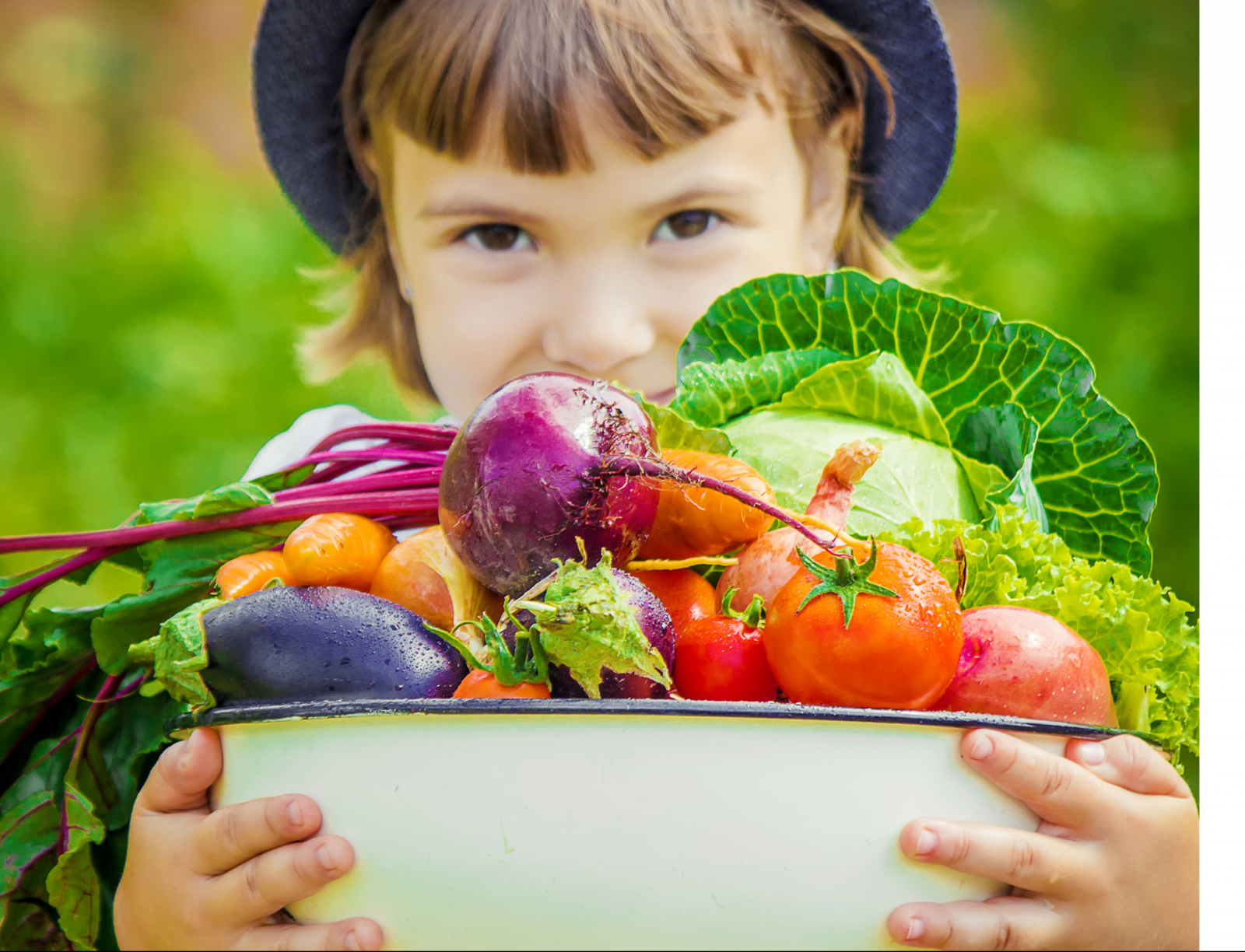Gardening: Dirt is Good for You!

by Kimberly Blaker
There’s no question, playing in the dirt tops the list of fun for young children despite the protests of many well-intended parents. If you’re one of those parents, you can put your fears aside.
It turns out dirt is actually beneficial to the long-term health of kids, according to a Northwestern University article, “Germs at four, less inflammation at forty,” by Clare Milliken. Studies have found that early exposure to certain germs, like those found in dirt, actually help kids’ immune systems learn to better regulate inflammation. In turn, this exposure reduces kids’ risk for a number of diseases throughout their lives.
For that reason, a family garden is a perfect opportunity to build your kids’ immune systems. Better still, gardening offers lots of other benefits to kids and families. Through gardening, kids learn to be responsible by caring for their own plants. It’s also a great way to help kids learn about and develop an appreciation for science. Another health benefit is that gardening encourages healthier eating. Not to mention, it’s a great activity for family bonding.
So gather up your kids and gardening supplies, head outdoors, and get ready for some dirt-filled fun.
Getting started
First, decide where to plant your garden. Then allot a small space for your child to have his or her own garden, too. This will help build your child’s enthusiasm for the garden and encourage your child to take ownership and responsibility for it. Having their own garden is especially exciting and rewarding for kids because they know that they, alone (or with minimal help), grew those little seeds into a marvelous plant.
Next, decide what to plant. For young children, consider fast-growing plants your kids are familiar with. Little kids also love plants that are colorful or have strong scents.
If your kids are older, let them choose what they want to grow. Keep in mind your child’s personality, though. If your kid tends to be impatient, suggest plants that are easy to care for and grow quickly.
As you proceed in planning and preparation, include your child in it as much as possible. Remember, this stage is as much fun for kids as it is for parents and helps build kids’ enthusiasm. Also, let your kids help you draw up the garden plan. If your kids are old enough, they can also create their own shopping list.
When you go shopping for the supplies, take your kids along, and let them pick out their own seeds and gardening tools. For the safety of young children, look for kids’ gardening tools made of durable plastic.
Planting your garden
When you begin planting, show your child how to plant the seeds and how to properly space them apart. Then have your child water the seeds as directed.
To help your child take responsibility for his or her own garden, put a daily gardening task list on the refrigerator.
Also, to help your child maintain enthusiasm, suggest your child keep a garden log. Your child can record the date of plantings, each day’s gardening activities, when each plant sprouts, the amount of growth of the plants, and the harvesting of the plants.
Finally, after harvesting, have your child help you prepare the vegetables. Offer your child different ways to prepare or cook them to help your child develop a lifelong love for fresh, healthy veggies.









